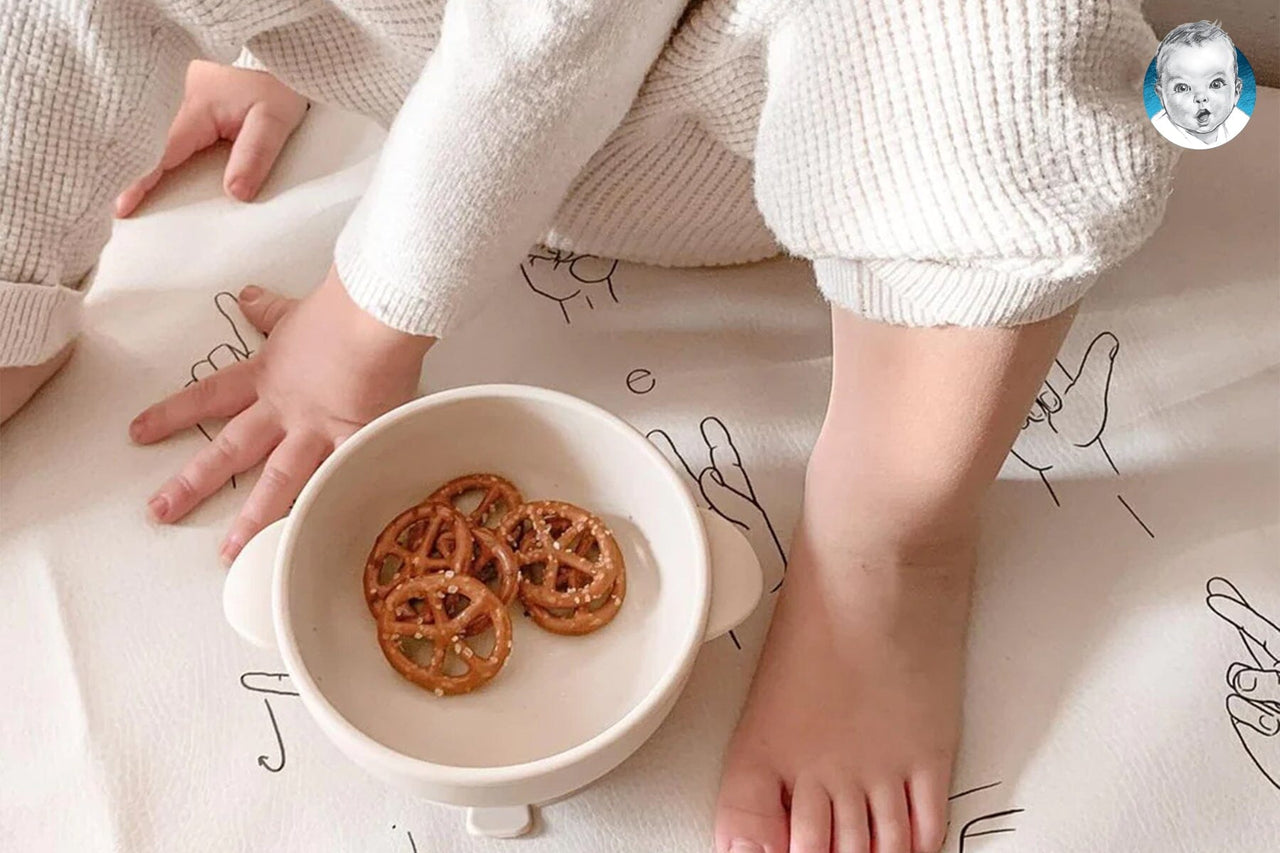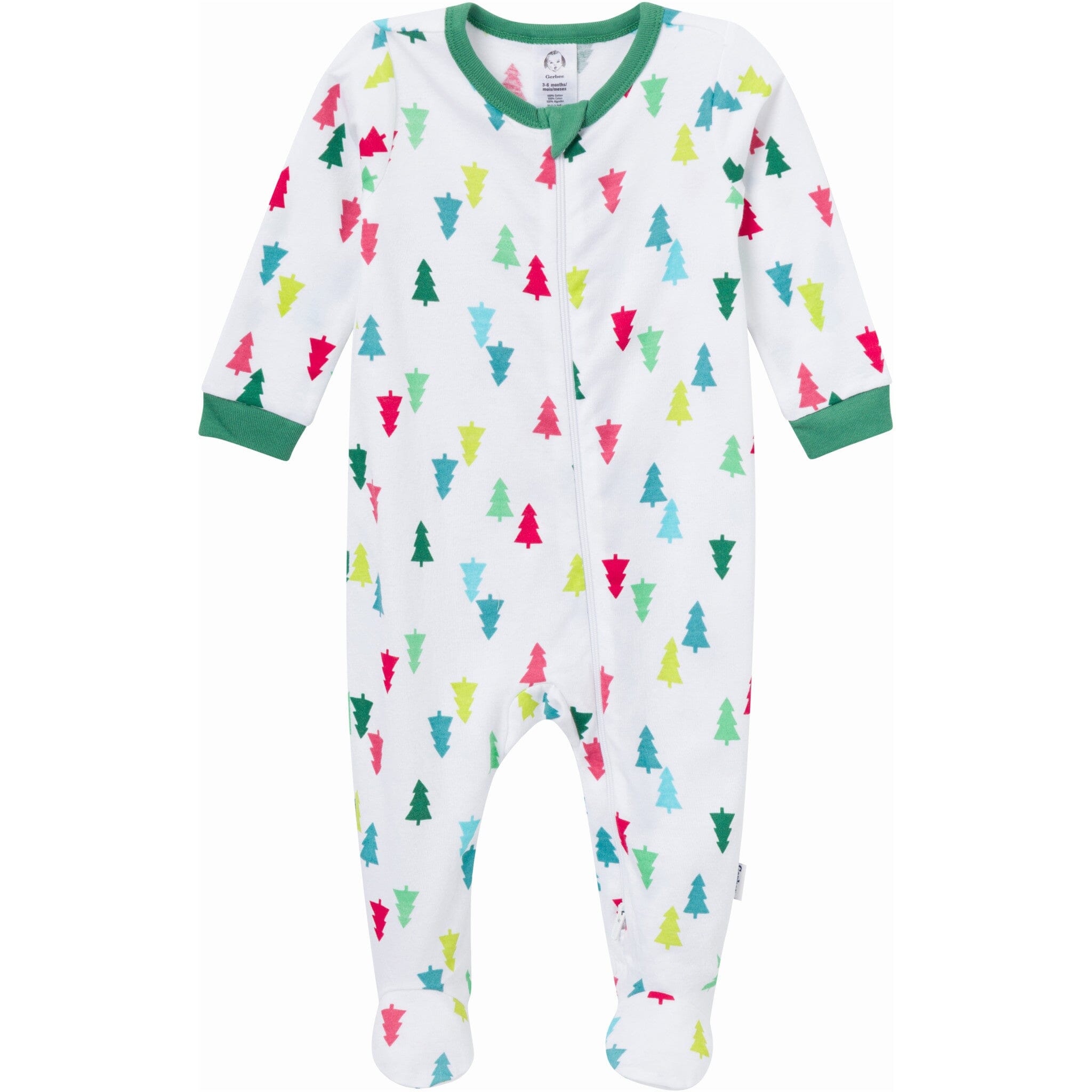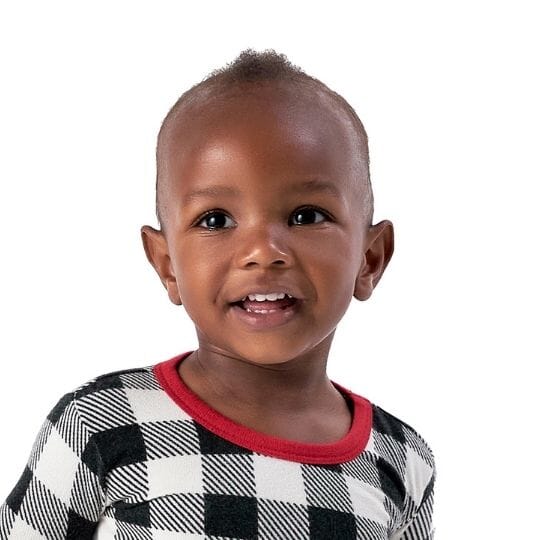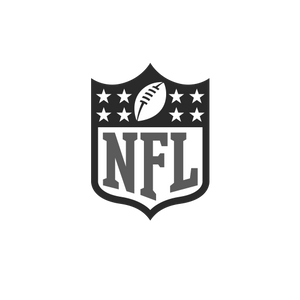9 Signs to Teach Your Baby: Why, When and How

Why teach your children American Sign Language? Many reasons! The main benefit is that your children can learn and use sign language to communicate with those around them, especially people in the d/Deaf and hard of hearing community. This can be especially helpful for children who are hard of hearing, without hearing or those who may start talking later than usual. While they may learn a word at a time, a simple gesture may help your child communicate if they want more milk, ready for bed or more. Not being able to communicate can be frustrating for our little tots, so learning some sign language may lessen some anxiety, too.
If you’d like to start teaching your child sign language, you can start as early as eight or nine months. To ensure these ASL lessons stick be sure to start early and stay consistent. It will be essential for your little one to see you sign to them and respond once they sign to you.
When deciding which signs to teach your baby, start with ones that seem most useful for you, your baby and whole family. Here are a few suggestions:
Hungry: Take your hand and make it into a 'C' shape with your palm facing the center of your body
Eat: Taking your dominant hand, forming a flat ASL letter O sign, and tapping your fingers to your mouth once
Milk: The milk sign is a lot like milking a cow, but without the vertical motion - you are just squeezing the udder. You take your dominant hand, make it into a fist, relax, and repeat.
Drink: Make a C shape with your hand, as if you were holding a cup, then move it to your mouth as if you were drinking from it.
More: Flatten out your hands then bring your thumbs and fingers together, to make flat 'O' hands in ASL. Then, bring your hands together and pull them apart repeatedly.
All Done: Parents usually do the ASL sign for finish/finished because it is a little simpler. You start with palms facing in, then turn the hands so that they are facing out.
Sleep: Start with your dominant fingers extended and spread apart. Beginning with your hand over your face, move your fingers down to end with your hand below your chin and your fingers touching your thumb. As you make the sign, feel your face relax and your eyes get droopy to add to the sleepy effect.
Mom: While keeping your fingers extended and spread out, simply touch your chin with the thumb of your hand twice.
Dad: While keeping your fingers extended and spread out, simply tap on your forehead with the thumb twice.
For videos on more sign language signs to teach your baby, see here for Bright Signs Learning’s YouTube channel.
Remember to keep encouraging your little one to practice and learn their signs. Not only will they communicate better with you but with other kids they meet!
















